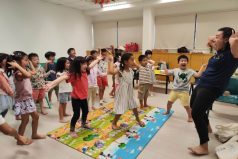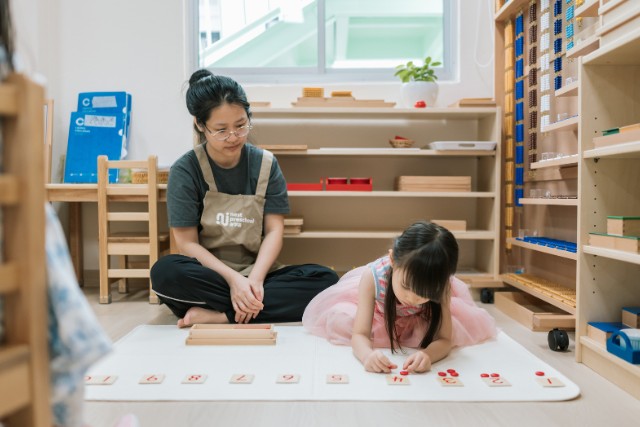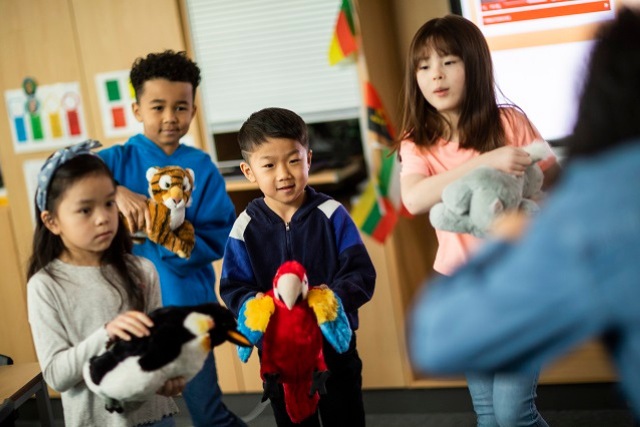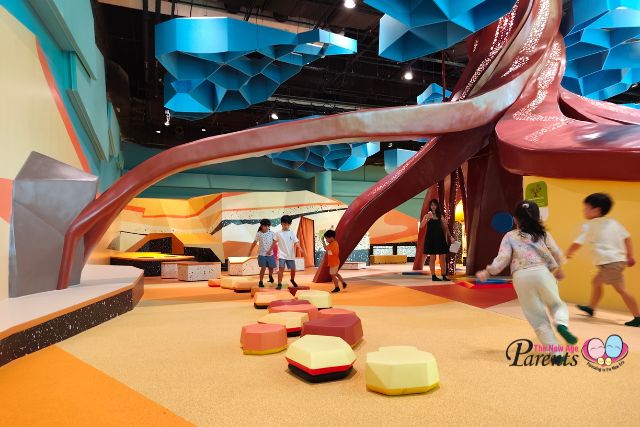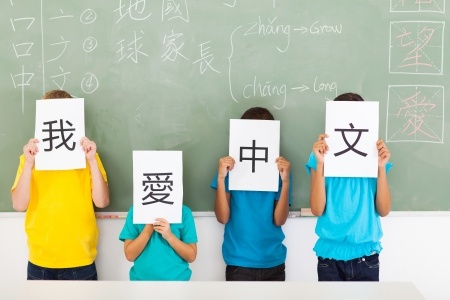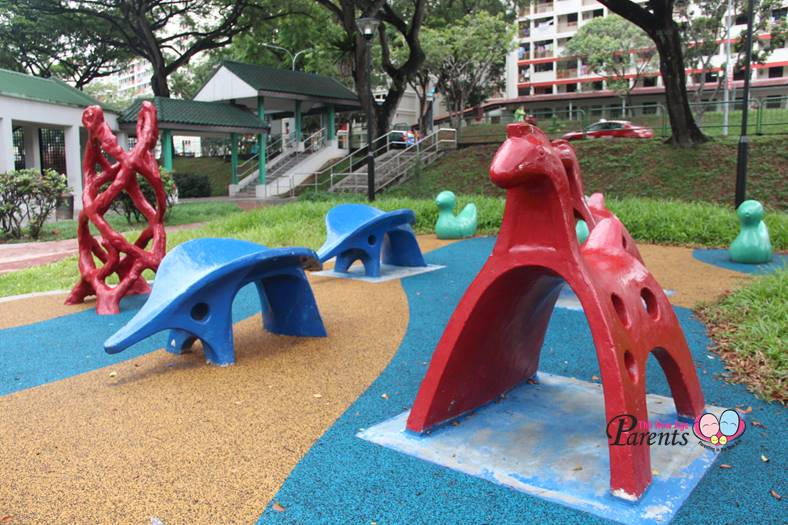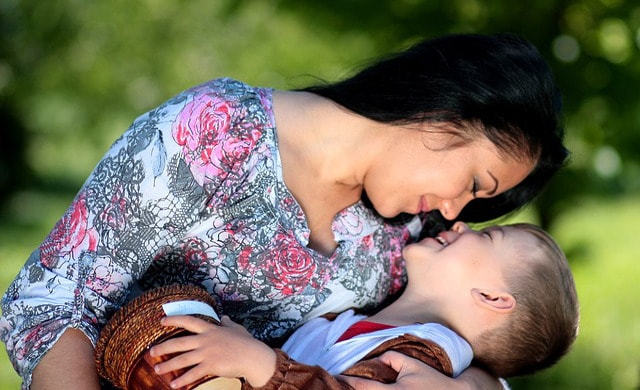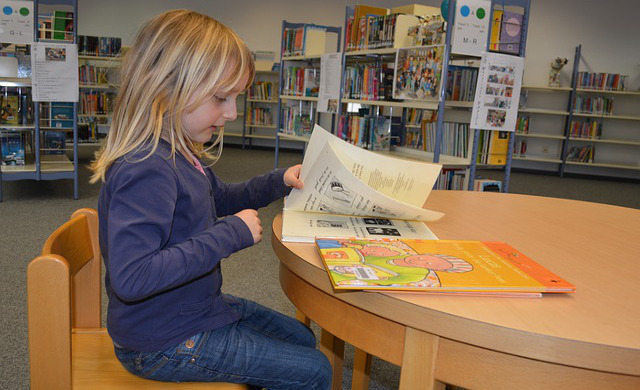“Language is not a life skill. You can experience language loss.” – Dr. Chua Chee Lay
Chinese is the new ‘English’. It is the language everyone wants to learn. With China on its way to becoming one of the major powerhouses in the world, it is no surprise why so many people in the world today are learning to master the language. Singapore is not spared of this phenomenon either. With the current hype over bilingual education in Singapore, more parents are on the lookout for schools that provide strong bilingual programs for their little ones.
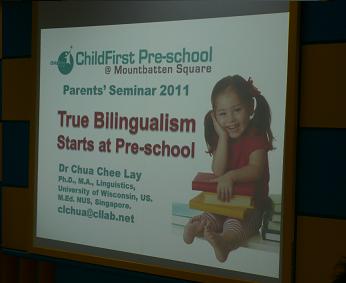
On 15th January, 2011, ChildFirst Pre-school organized a talk about bilingualism in children – When does it happen? How does it happen? And most importantly, what parents can do to help foster their child’s bilingual skills. Dr. Chua gave a comprehensive talk about his topic. Below are some of the main highlights of his talk.
Language learning between boys and girls
Did you recall how your daughter was able to speak more fluently and use more vocabulary in her speech, as compared to your son when they were the same age? Did you notice how your son struggled to learn Chinese or English when your daughters manage to breeze through it? Do not fret. According to research and Dr. Chua, it is perfectly normal when your son is struggling to learn a language when he is 4 to 6 years old. This is because brain development differs between boys and girls. The brain which controls language development develops faster in girls than in boys.
Starting your child early
From a researcher’s point of view, the best age to start your child in learning a second language is from age 2 and above. Even though the Singapore education states it is not compulsory for children to learn Hanyu Pinyin before Primary One (as it will be taught in Primary One), Dr. Chua encouraged parents to get their child to learn it before Primary One because a child’s “window of opportunity” occurs when he is 2 to 6 years old. He also stressed the importance of mastering Hanyu Pinyin. He describes how Hanyu Pinyin is like a ‘key’ to unlocking the Chinese codes. Once children have mastered the ‘key’, understanding and learning Chinese will be smoother and easier.
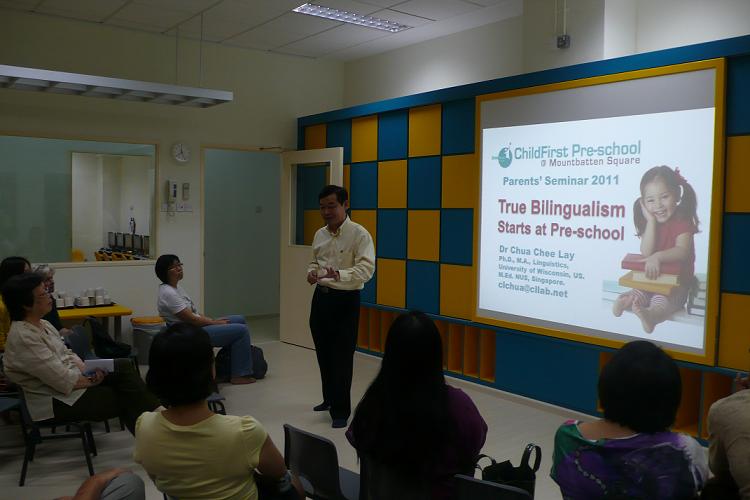
Speak both languages at home
Dr. Chua also spoke of the importance of expanding children’s Chinese language through daily exposure and usage in their daily lives. He shares how he speaks to his daughter in Mandarin at home, while his wife speaks to her in English. He also reiterates the importance of sticking to the language, even if your children do not respond to you in the language you are speaking. Even though they may not reply in the language you are speaking, children still learn and acquire skills as they listen to you use the language.
He goes on to explain the importance of adult presence when a child is reading. He said, “Always be around when your child is reading.” When parents are around their children, children learn better as parents can guide and facilitate their reading skills, which also part of language learning.
One question raised from the audience was whether it was better to concentrate on English first, because it is easier to learn, as compared to Mandarin. Dr. Chua’s answer to this was it does not matter which language a child learns first. More importantly, it is the amount of time and focus spent on the language learning process. He said, “Don’t focus too much on one language for a prolonged period of time.”
Tips for parents
A point for parents to note is not to fall into the trap of using English to define or explain new Chinese terms to their children. It may seem easier but this will not improve your child’s acquisition of the language. Instead, Dr. Chua recommends parents to use simple Chinese terms to explain or define new terms instead.
One of the strategies he listed to encourage children to learn and use the language was the use of flashcards. Parents can even create their own big flashcards through Microsoft PowerPoint. Parents can use PowerPoint to create simple animations of short Chinese characters, idioms or phrases. Aesthetic presentation in such learning materials or tools is important because children are more attracted to colours and animations.
The general demographic of Singapore families today consist of dual-income families, where both parents work. With the increasing difficulties of juggling work and family life, the next best alternative is to ensure that your child receives a strong bilingual education in school. School is the second most important environment, as a child spends most of his time there besides his home.
ChildFirst Pre-school places a strong English and Chinese Immersion program. At ChildFirst, your child will be immersed in a Chinese language environment for more than 750 hours every year.
About the speaker:
Professor Chua holds a Ph. D from the University of Wisconsin – Madison. He is a writer, poet and academic. He is the author and editor of the books, Keeping My Mandarin Alive: Lee Kuan Yew’s Language Learning Experience and One People, One Language, Many Mother Tongues: Lee Kuan Yew: Transiting from Many Languages into English and Mother Tongue. Dr. Chua is also a Professor at National Technological University – National Institute of Education (NTU – NIE).
* * * * *
Like what you see here? Get parenting tips and stories straight to your inbox! Join our mailing list here.
Running a service or business targeted for parents? Reach out to a wider audience in our Best Preschools compilation. Leave your contact details here and we will get in touch with you.












